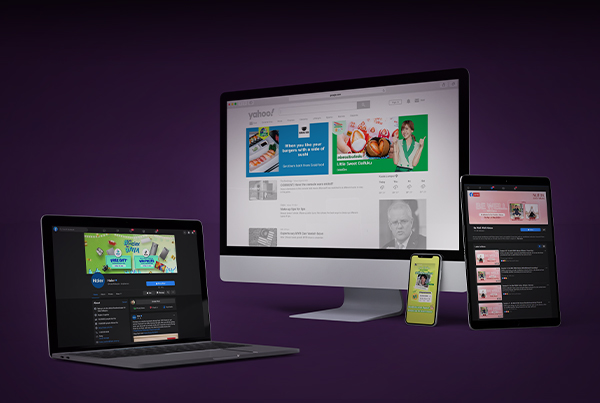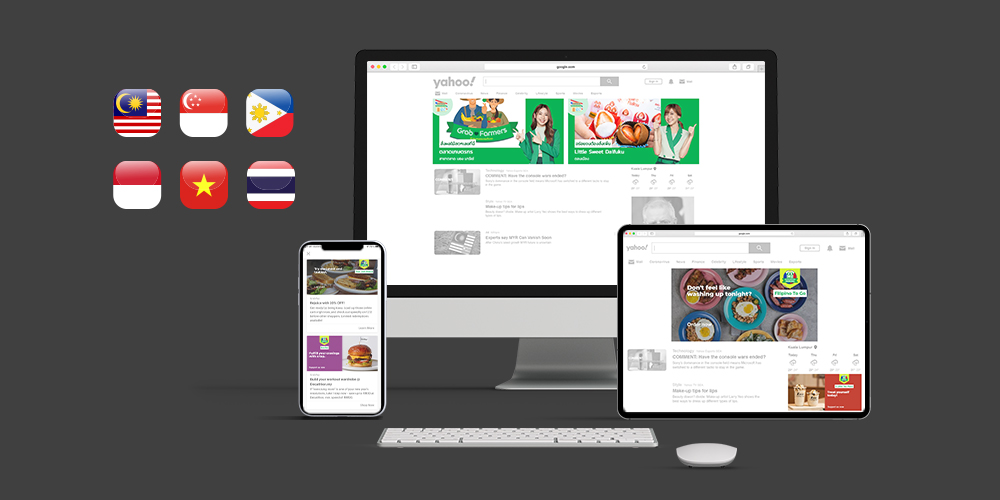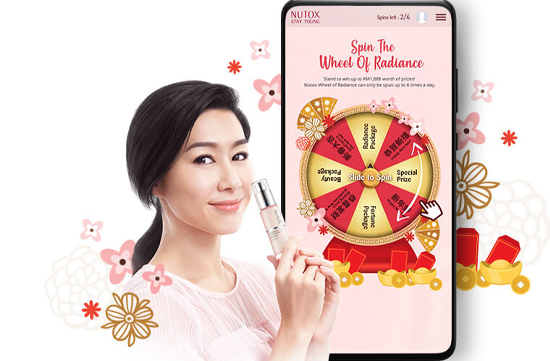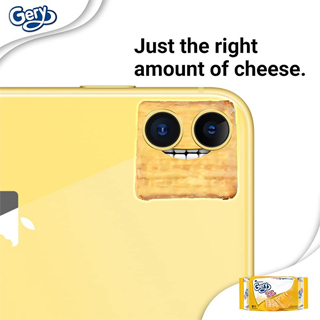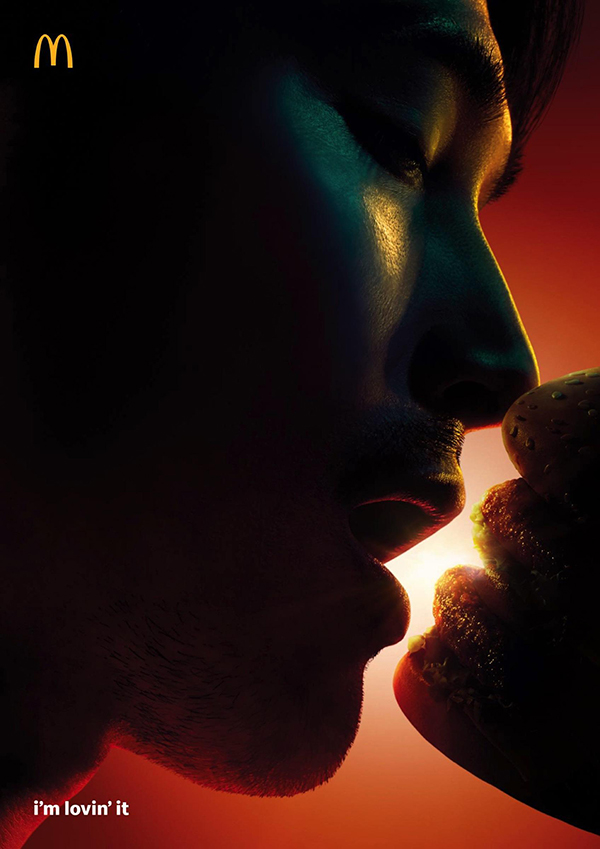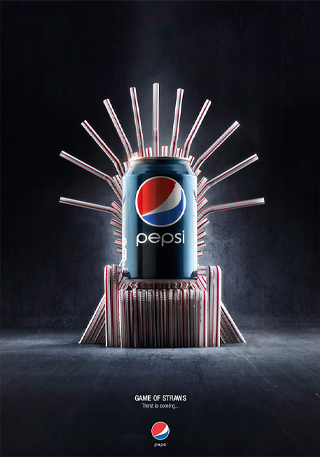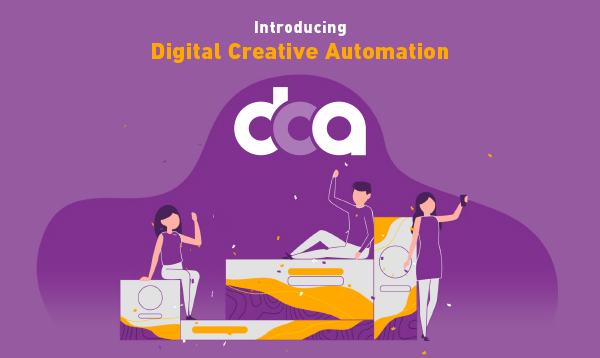Pictured: Edmund Lou, Head of Strategy,
Kingdom Digital
We caught up with our Head of Strategy, Edmund Lou, to discuss the essence of brand storytelling and all that it entails.
Could you define what brand storytelling means to you?
To me, brand storytelling is where brands harness their deep-rooted truths or beliefs as guidelines in creating content or actions that inspire and help people. Connecting to consumers in this manner is something all brands should aspire to achieve.

Why is a good brand narrative important?
There is simply no denying that the human brain is wired to respond to well-crafted stories. Neuroscience proves that good storytelling is the best way to capture people’s attention and help them retain the information long term.
In fact, stories are said to be 22 times more memorable than facts and figures alone.2
By using proper narratives that link what the brand represents with the shared values created with consumers, brands will be able to evoke trust and help consumers understand the brand deeper. This means, people will be more receptive to the brand and its loyalists’ numbers may increase as well. On top of that, a good brand narrative may also encourage people to talk about the brand which can increase brand affinity in the long run.
What are some elements of brand storytelling that every brand should incorporate?
It goes back to the brand’s truth. Brands must dive deeper into their mission and vision to study how well they understand their consumers and what can be done to improve it. Brands need to ask themselves: “What is the single-minded proposition that your story tells?” “Are we inspiring or are we providing a solution?”
How can brands build a true connection with consumers without coming across as superficial?
It’s important that brands don’t try too hard to push their branding and values unto consumers. It’s a fine line between authenticity and superficiality. Finding the common ground is vital and this should be pursued authentically.
Brands should evaluate how well do they understand people’s sentiments as well as ensuring that they observe shifts in culture and consumer behaviours to effectively navigate this conundrum. For example, while CSR efforts are good, it may come across as superficial especially when it is a one-off activity. To avoid this negative impression, brands need to tie their intention back to their brand values and what they stand for.
What are some tips you would give brands to help them beat the digital clutter?
To put it bluntly, there will be no clutter if the brand understands its consumers well. Bear in mind that brand storytelling is far more than simply a well-produced film. It could even be a social media challenge or a simple always-on display and social content.
The important thing here is to be consistent: stick by it, own it, and preach it.
Brands can look at other brilliant storytelling examples for inspirations; for instance, SK-II’s #ChangeDestiny campaign films ‘Marriage Market Takeover’, ‘The Expiry Date’, and ‘Timelines’. The brand told the story of the taboos in Chinese culture and took a stand for the people who were victims of it.
Another good example is Newcastle Brown Ale. As a British beer brand sold in America, they needed to be a little like ‘em Americans, especially during the Super Bowl fever. They spoke and acted like them but they maintained their British brute throughout their communications.
Do you think brands need to adopt a different storytelling approach during/post-pandemic? Or, it doesn’t matter as the principles will still be the same?
Yes, the principles remain the same despite the circumstances. In my opinion, brands can tell stories and instigate actions surrounding the pandemic if they can effectively find the link back to their brand truth. But, brands should also move away from the idea of merely doing it for PR’s sake as this can have adverse effects on the public’s perception of your brand.
Brand storytelling has evolved over the years and it is much more than just a trend in marketing strategy. It’s evident that brand storytelling is no longer a ‘nice to have’ – it is now a ‘need to have’ and what may maximise your brand’s visibility, impact, and profitability to ensure long-term growth. Just like your favourite movies, if you can craft a compelling brand story, your audience will resonate with you, remember you, and ultimately, care about you.
Still confused by the concept of brand storytelling? Get in touch and we’ll be happy to offer tailor-made guidance to take your brand storytelling to the next level.


